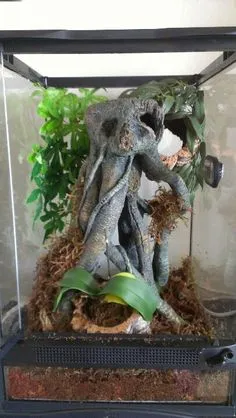Choosing the Best Tarantula Enclosure
Setting up a tarantula enclosure is a crucial first step in providing a healthy and happy home for your eight-legged friend. The best tarantula enclosure ensures the spider’s well-being, safety, and overall quality of life. The right setup mimics their natural environment, allowing them to thrive. This guide will walk you through the essential factors to consider when choosing and setting up a tarantula enclosure, ensuring you provide the best possible habitat for your pet. From size and material to substrate and decor, every element plays a vital role in creating an optimal living space for your tarantula. Understanding these elements is key to successful tarantula keeping.
Size Matters Ideal Enclosure Dimensions
One of the most important considerations is the size of the enclosure. A too-small enclosure can restrict your tarantula’s movement and cause stress, while an enclosure that’s too large might make it harder for the spider to find its food. As a general rule, the enclosure should be at least twice the tarantula’s leg span in width and length, and the height should be sufficient to allow the spider to molt safely without falling too far. Terrestrial species need more floor space, while arboreal species need more height for climbing. Considering the adult size of your tarantula species is paramount; plan for its full-grown size to avoid having to upgrade the enclosure later. A well-sized enclosure promotes natural behaviors and enhances the overall health of your tarantula.
Considering Tarantula Species and Needs
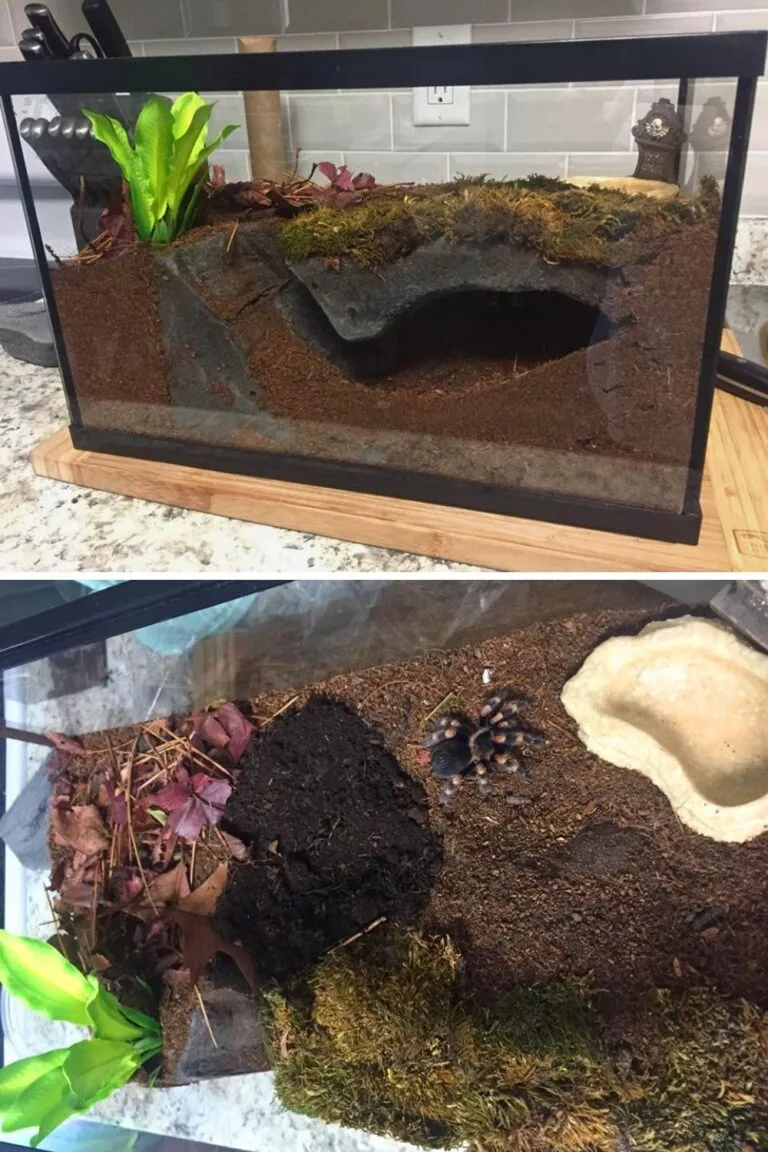
Different tarantula species have different needs. Some species are terrestrial, spending most of their time on the ground, while others are arboreal, preferring to climb and live in trees. Terrestrial species, such as the Chilean Rose Hair, require more floor space, while arboreal species, like the Pinktoe tarantula, need more vertical space and climbing structures. Researching your tarantula’s specific needs is critical. This includes humidity requirements, temperature preferences, and the type of substrate they prefer. For instance, burrowing species might need a deeper substrate layer to facilitate their natural behavior. Understanding these specific needs will help you tailor the enclosure to provide the best possible environment, improving your tarantula’s well-being and reducing stress.
Material Matters Glass, Acrylic, or Plastic
The material of the enclosure significantly impacts its functionality and your ease of maintenance. Glass enclosures are popular due to their clarity and durability. They provide excellent visibility, allowing you to observe your tarantula easily. However, glass can be heavy and may not retain heat as well as other materials. Acrylic enclosures are another great option; they are lightweight, durable, and offer excellent clarity. They also provide better insulation than glass. Plastic enclosures are often more affordable and lighter, making them easy to handle. They can come with built-in ventilation and are suitable for various species. Consider factors such as durability, visibility, and ease of cleaning when selecting the enclosure material. The choice will depend on your budget, preference, and the specific needs of your tarantula.
Ventilation and Humidity Essential for Tarantulas
Proper ventilation and humidity control are critical for the health of your tarantula. Tarantulas require good airflow to prevent mold growth and maintain a healthy environment. At the same time, they also need the correct level of humidity to help them molt successfully. The balance between these two factors is important. Incorrect ventilation can lead to a build-up of stale air, which is harmful to the spider. Too much humidity can lead to mold and bacterial growth, which are dangerous to the spider and can cause respiratory issues. The right ventilation and humidity levels depend on the species of tarantula, so researching your specific species’ needs is essential. This is how you provide the ideal environment.
Proper Ventilation Ensuring Airflow
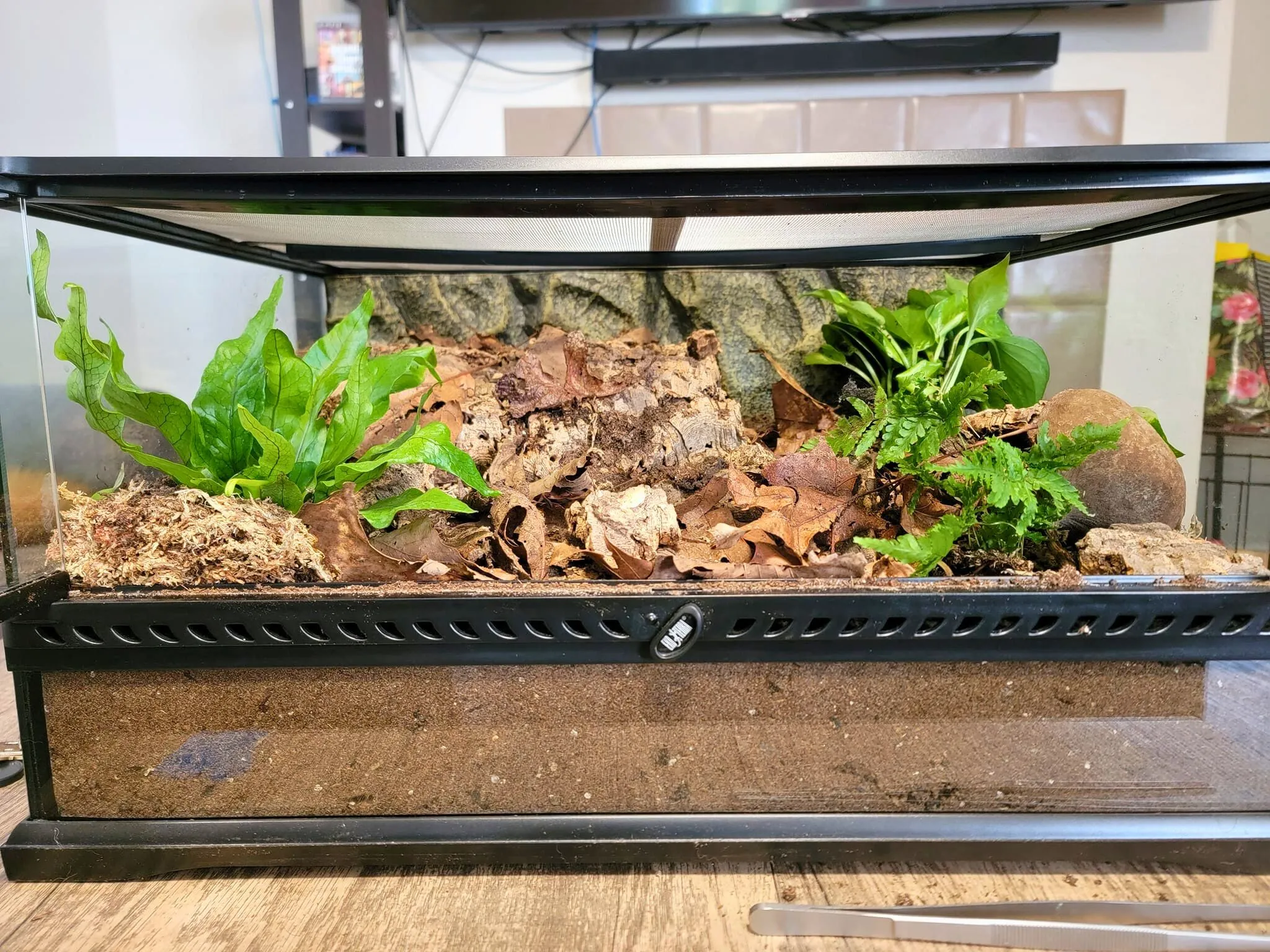
Ensuring proper ventilation is vital for a healthy tarantula enclosure. Adequate airflow prevents the build-up of stagnant air, which can lead to mold and bacterial growth. Most enclosures come with ventilation holes, but their placement and size are important. The best enclosures have cross-ventilation, with holes located on opposite sides to promote airflow. Avoid enclosures with ventilation holes only at the top, as this can trap stale air. Ventilation helps regulate humidity levels and reduces the risk of respiratory infections. Regularly check your enclosure to ensure that ventilation holes are not blocked by substrate or decorations. Good ventilation is essential for creating a healthy environment for your tarantula.
Controlling Humidity Creating the Right Environment
Controlling humidity is essential for your tarantula’s health. Many tarantula species require specific humidity levels to thrive, particularly during molting. You can regulate humidity by misting the enclosure, using a water dish, and choosing the right substrate. The substrate absorbs moisture and helps maintain the desired humidity level. Monitor humidity levels with a hygrometer, and adjust your misting schedule accordingly. Avoid over-misting, which can lead to mold growth, and make sure the enclosure has adequate ventilation. The right humidity level allows your tarantula to molt successfully and stay healthy. Understanding and meeting these humidity requirements are critical for providing an ideal environment.
Substrate Selection Building a Comfortable Habitat
The substrate you choose for your tarantula’s enclosure is crucial to its well-being. It provides a comfortable surface for the spider to walk on, helps regulate humidity, and allows the tarantula to burrow. The best substrate options are those that retain moisture, are non-toxic, and are free of harmful chemicals or additives. The right substrate creates a comfortable and natural environment, allowing the tarantula to express its natural behaviors.
Choosing the Right Substrate Types
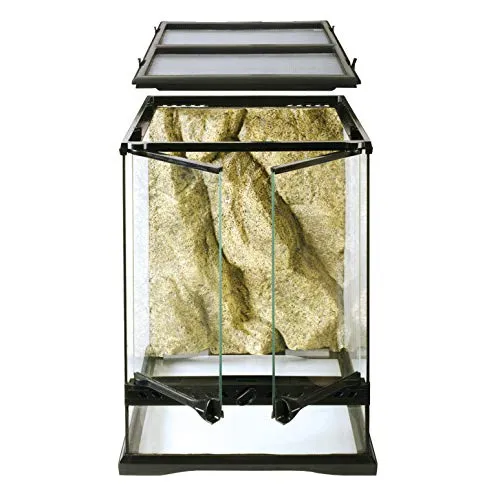
Several substrate types are suitable for tarantulas. Options include coconut fiber (coco coir), peat moss, vermiculite, and a mixture of these. Coco coir is a popular choice because it retains moisture well, is readily available, and is safe for tarantulas. Peat moss is another good option, providing a slightly acidic environment and holding moisture. Vermiculite helps with humidity but can be dusty. You can also mix substrates to create a blend that suits your tarantula’s needs. Avoid substrates like wood shavings or sand, as they can be harmful to tarantulas. The right substrate should be non-toxic and support the humidity and temperature requirements of your pet.
Depth of Substrate
The depth of the substrate is also essential. The correct depth depends on the type of tarantula and whether it is a burrowing species. For burrowing species, provide a substrate depth that allows them to dig and create tunnels, often 6-8 inches or more. For terrestrial species that don’t burrow, a depth of 2-4 inches is usually sufficient. Ensure that the substrate is deep enough to absorb moisture and provide the necessary humidity. Providing the appropriate substrate depth will allow your tarantula to express natural behaviors and maintain its well-being. Always research the specific requirements of your tarantula species to determine the ideal substrate depth.
Decorating the Enclosure Creating a Natural Environment
Decorating the tarantula enclosure is more than just aesthetics; it’s about creating a natural and enriching environment. The right decorations provide hiding places, encourage natural behaviors, and make your tarantula feel safe and secure. A well-decorated enclosure enhances the spider’s quality of life and allows you to observe its natural behaviors. Proper decoration will also help the spider feel safe and secure in its environment, reducing stress and promoting better health.
Essential Decorations Hides, Branches, and Foliage
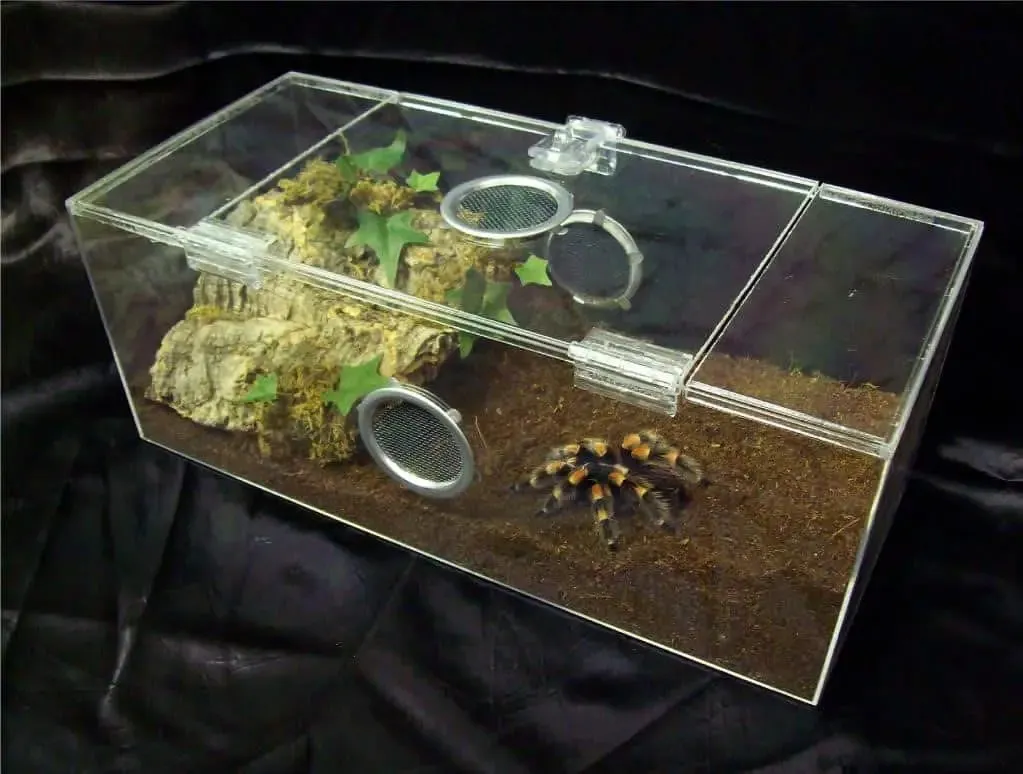
Essential decorations for a tarantula enclosure include hides, branches, and foliage. Hides, such as cork bark or artificial hides, give your tarantula a place to retreat and feel secure. Branches and other climbing structures are essential for arboreal species. Foliage, whether real or artificial, adds to the enclosure’s humidity and provides cover. Avoid decorations with sharp edges that could injure your tarantula. Use non-toxic materials and ensure all decorations are clean and safe before placing them in the enclosure. A well-decorated enclosure allows your tarantula to express its natural behaviors and provides a comfortable and engaging living space.
Water and Feeding Providing Essential Resources
Providing fresh water and appropriate food are essential for keeping your tarantula healthy and happy. Regular access to clean water and a varied diet contribute significantly to the spider’s overall well-being. Make sure these resources are readily available to your tarantula. Also, make sure the water is clean and that there is no buildup of mold or bacteria, which could be harmful to your spider.
Watering Your Tarantula
Providing a water source is essential for your tarantula’s hydration. Use a shallow water dish or a water gel to prevent the spider from drowning. Ensure the water dish is always clean and filled with fresh water. For some species, misting the enclosure can also provide additional moisture and drinking opportunities. Regularly check the water dish and mist the enclosure as needed to maintain appropriate humidity levels, ensuring your tarantula stays hydrated and healthy. Also, make sure the water dish is small enough that your tarantula can’t drown.
Feeding Your Tarantula
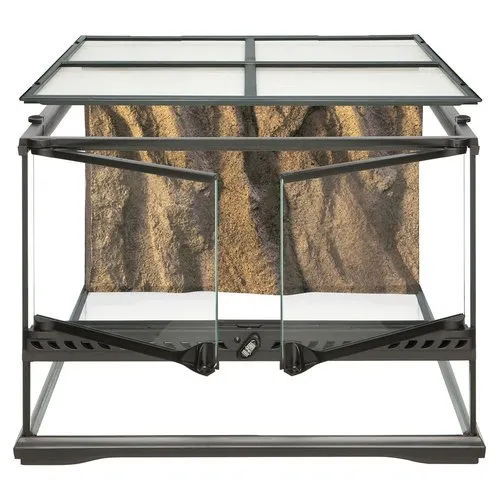
Feeding your tarantula is another crucial aspect of its care. The diet should consist mainly of live insects, such as crickets, mealworms, or roaches. The size of the prey should be appropriate for the size of the tarantula; generally, the insect should be no larger than the spider’s abdomen. Feeding frequency depends on the tarantula’s age and species, typically once or twice a week for adults and more frequently for juveniles. Remove uneaten prey to prevent stress or harm to the tarantula. A varied diet ensures your tarantula receives all the necessary nutrients, promoting its health and well-being.
Maintenance and Cleaning Keeping the Habitat Clean
Regular maintenance and cleaning are essential to keeping your tarantula’s enclosure healthy and hygienic. A clean environment minimizes the risk of disease and promotes the spider’s well-being. Consistent cleaning ensures the enclosure remains a safe and comfortable habitat for your pet. This includes a regular cleaning schedule and spot-cleaning.
Regular Cleaning Schedule
Establish a regular cleaning schedule to maintain the enclosure’s hygiene. Spot-clean the enclosure as needed, removing any uneaten prey or waste. Perform a more thorough cleaning at least once a month, or as needed, depending on the species and how quickly the enclosure becomes soiled. This thorough cleaning includes removing the substrate, cleaning the enclosure walls and decorations, and replacing the substrate with fresh material. Following a consistent cleaning schedule will help maintain a healthy environment for your tarantula and reduce the risk of health problems.
Spot Cleaning and Complete Enclosure Clean
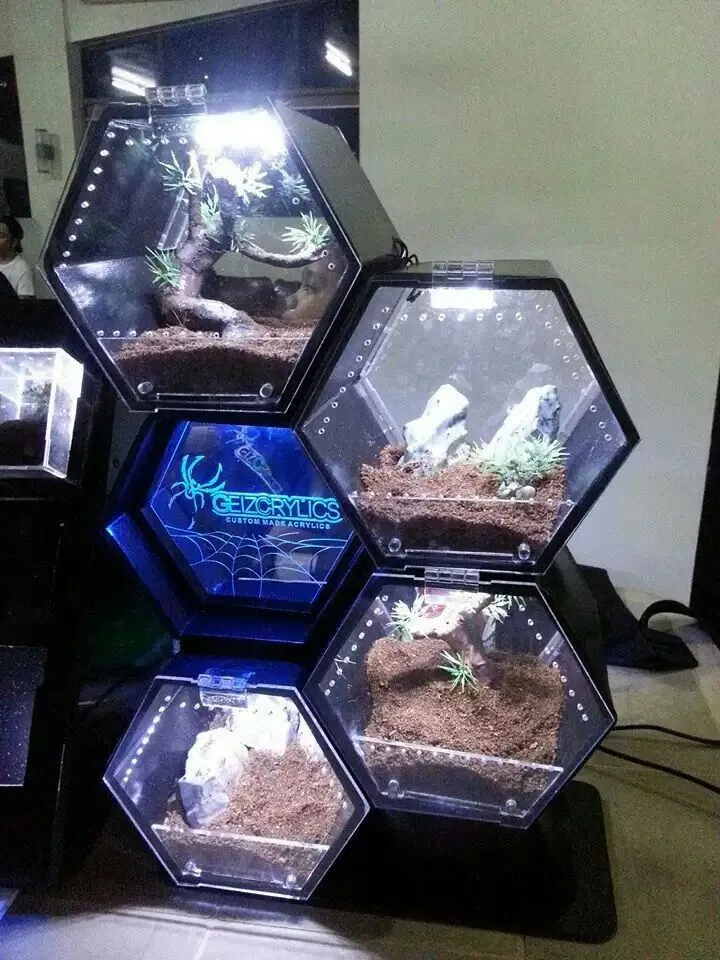
Spot-cleaning involves removing uneaten prey, feces, and any other waste from the enclosure. Do this as needed, usually several times a week. A complete enclosure clean is more thorough, involving removing the tarantula (safely), removing and disposing of the substrate, cleaning the enclosure, and disinfecting decorations. Replace the substrate with fresh material. Always use non-toxic cleaners and ensure the enclosure is completely dry before returning the tarantula. These cleaning practices will provide a healthy living space and promote the well-being of your tarantula. Make sure you take all necessary safety precautions when cleaning the enclosure and handling your tarantula.
Setting up the best tarantula enclosure is a commitment to providing a thriving, healthy environment for your pet. By considering factors such as enclosure size, material, ventilation, humidity, substrate selection, decoration, and maintenance, you can ensure your tarantula has a safe, comfortable, and enriching home. Remember to research your specific tarantula species’ needs and adapt your setup accordingly. With the right care and attention, your tarantula will not only survive but also thrive, displaying natural behaviors and bringing you many years of enjoyment. Following these guidelines will allow you to create a great living space for your tarantula.
